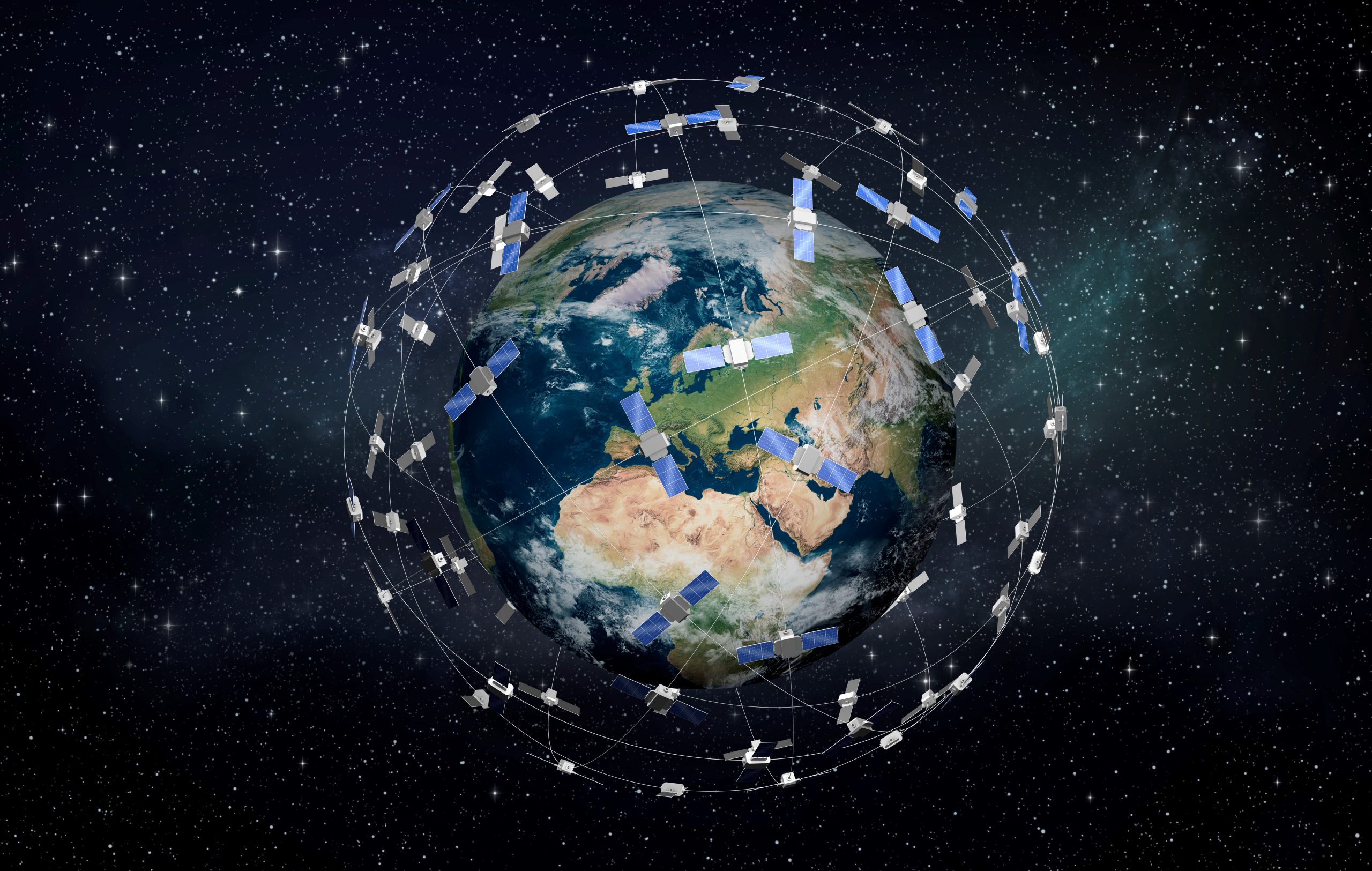The ARTES 4.0 toolbox
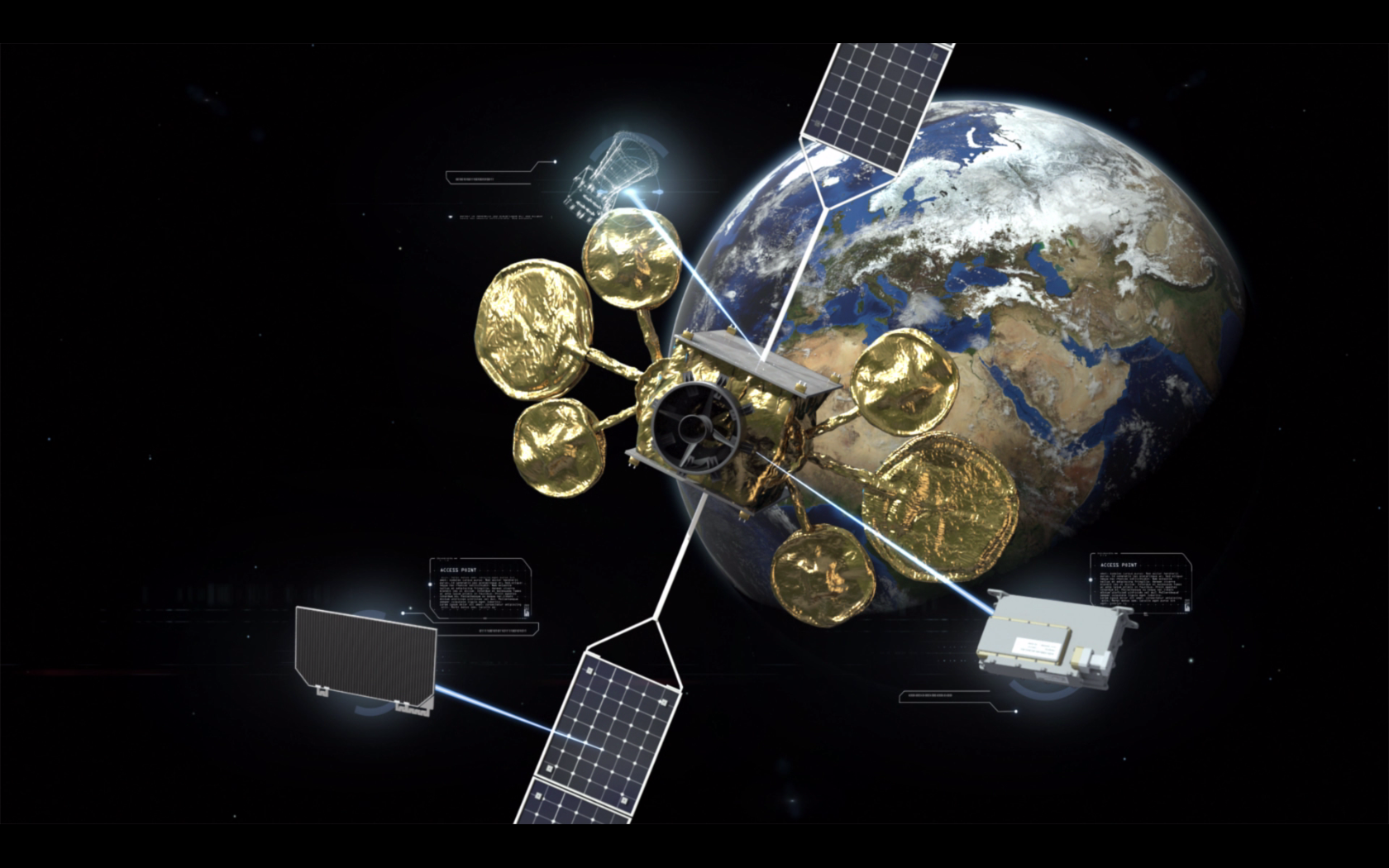
The Core Competitiveness programme (ARTES 4.0 CC) supports component-level development and testing along the entire development chain – from initial concepts, technology and equipment development to product qualification and test flights in space. The projects under ARTES 4.0 CC can run through part of or the entire development chain. Completely new developments for new markets and customers may emerge or product improvements may be brought about in order to strengthen the market position against competitors. The programme is divided into the components 'Competitiveness & Growth' (C&G) and 'Advanced Technology' (AT). In C&G, product-oriented industrial proposals are supported with industrial co-financing, while the AT activities are competitively procured by ESA and aim to develop innovative technologies. With a contribution of 50 million euros, Germany is roughly on a par with the United Kingdom behind France and Belgium.
The focus of the Partnership Projects programme (ARTES 4.0 PP) is on the overarching system concept. Together with a prime contractor, innovative components are integrated and demonstrated in an integrated system, for example in a complete satellite or a complex ground segment. Germany has increased its participation in the 'Novacom I' project, in which the satellite manufacturer Airbus Toulouse is developing its versatile 'OneSat' platform for the geostationary market, with a further 10 million euros to generate further support opportunities for German suppliers. In the 'HummingSat' project, in which the Swiss manufacturer Swissto12 is developing a satellite within the new segment of very small geostationary satellites, Germany has contributed 10 million euros to support German suppliers.
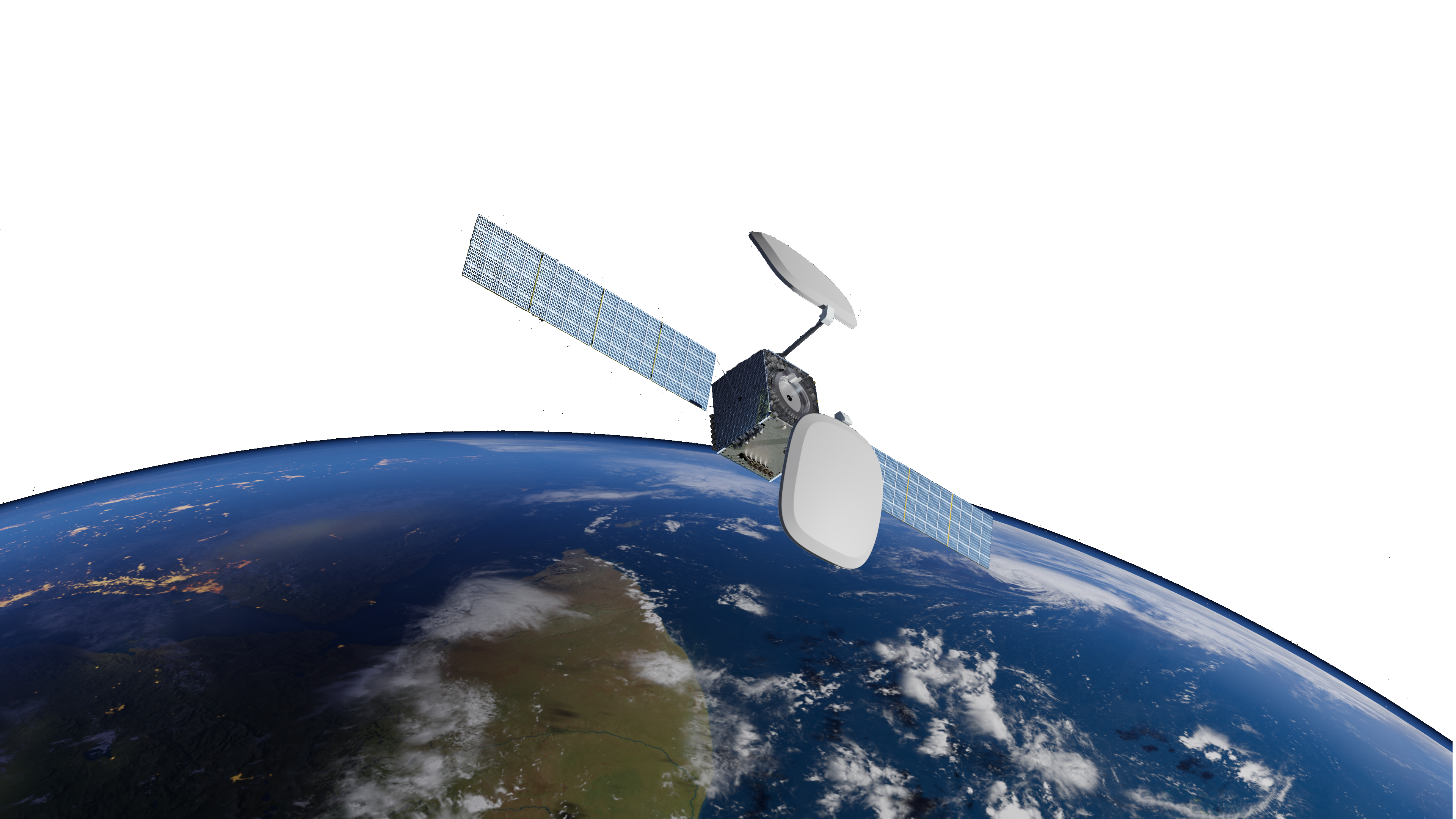
Satellite-based services to create new uses for existing space segments are being developed in the Business Applications Space Solutions (ARTES 4.0 BASS) programme. CM22 continues the programme, with the ESA Business Incubation Centres (BIC) and the Technology Brokers of BASS being transferred to the ScaleUp programme. Germany has provided funding of 18.82 million euros to ARTES 4.0 BASS.
Strategic focus areas
In the meantime, the space sector is anchored in the standardisation of the 5G mobile communications standard. This is also a merit to which the 5G strategic programme line has contributed significantly. Satellites can thus contribute to closing existing coverage gaps and bringing connectivity to places and vehicles that could previously not be connected terrestrially. At the Council Meeting at Ministerial Level, the programme line (ARTES 4.0 5G/6G) was expanded to include the goals of the next mobile communications standard, 6G, as well as sustainable connectivity. The line supports the development of concrete applications in vertical markets to demonstrate how end users can benefit from satellite communications. For satellite communications, this offers the opportunity to no longer be limited to niche markets and the declining broadcasting business, but to serve part of the much larger mobile market. One focus here is the use of satellite-based mobile communications to increase economic and environmental efficiency, for example in the transport sector through more efficient traffic management. Germany has provided funding of 20.67 million euros for ARTES 4.0 5G/6G.
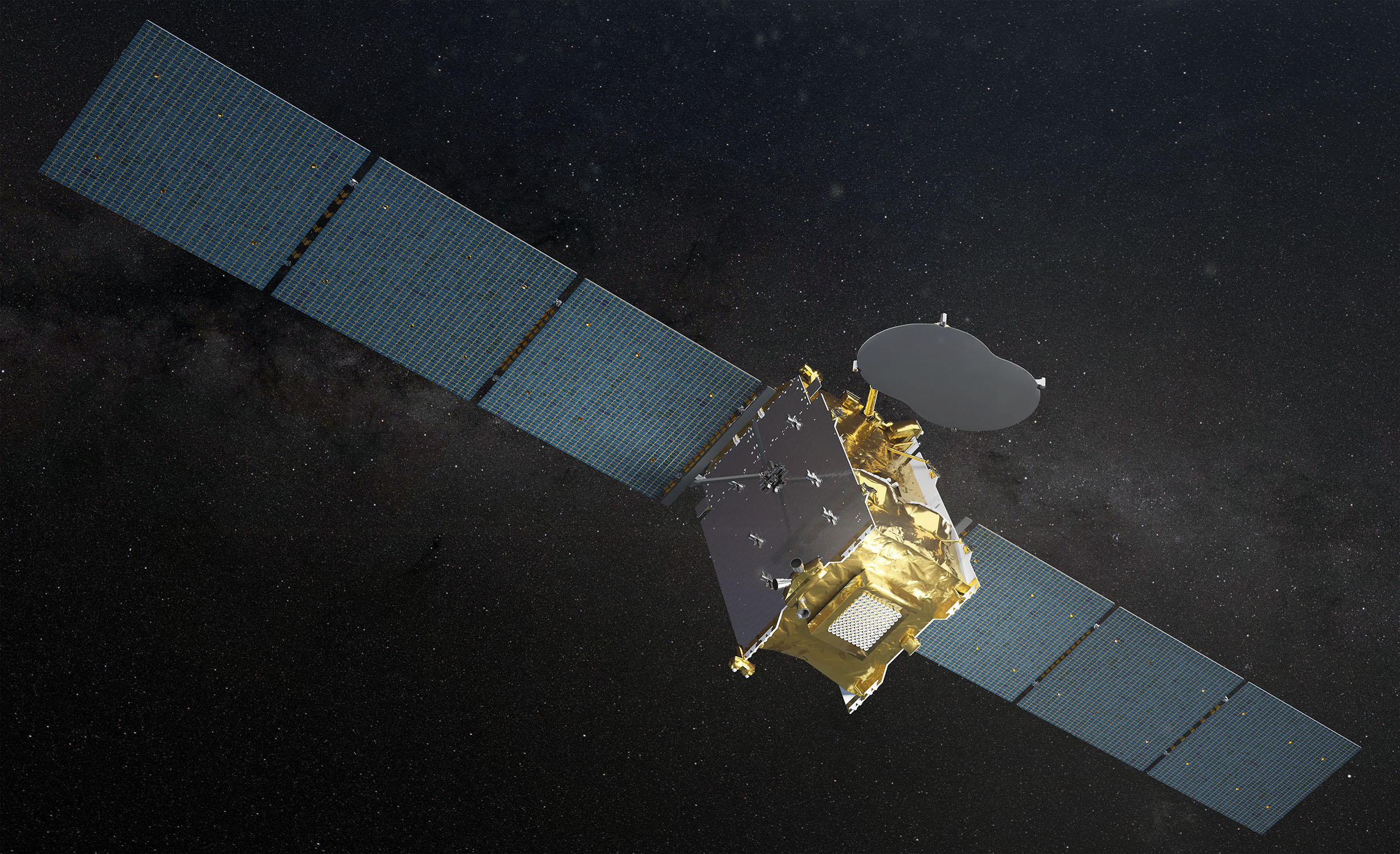

Secure communications are becoming increasingly important for both institutional and private customers alike. This concerns both the increase of interception security and the robustness of communications paths. The ARTES 4.0 strategic line 'Space Systems for Protection and Security' (ARTES 4.0 4S) was already launched at the Space19+ Council Meeting at Ministerial Level and is now to be continued almost unchanged. A particular focus of the line is quantum key distribution. Here, keys used for protecting sensitive data are distributed in a tap-proof manner by satellite-based lasers using quantum mechanics methods. This includes the EU initiative-oriented project SAGA, as well as the Eagle-1 project initiated by commercial companies. Germany has provided funding of 57.78 million euros for ARTES 4.0 4S.
With optical communications, large amounts of data can be transmitted over long distances by laser. In addition to its high technical performance, optical communications impress thanks to low external interference and dispensing with the need for frequency coordination, which is becoming increasingly difficult. Optical laser terminals are steadily becoming the backbone of the new mega-constellations, enabling them to act as increasingly powerful networks through satellite-to-satellite links. To safeguard and expand the European and, especially, the German advantage in optical communications, the strategic programme line ScyLight is being continued and expanded to include quantum communications, which are becoming increasingly important (ARTES 4.0 Optical and Quantum Communication - ScyLight). Germany has allocated 54.88 million euros in funding to ScyLight.
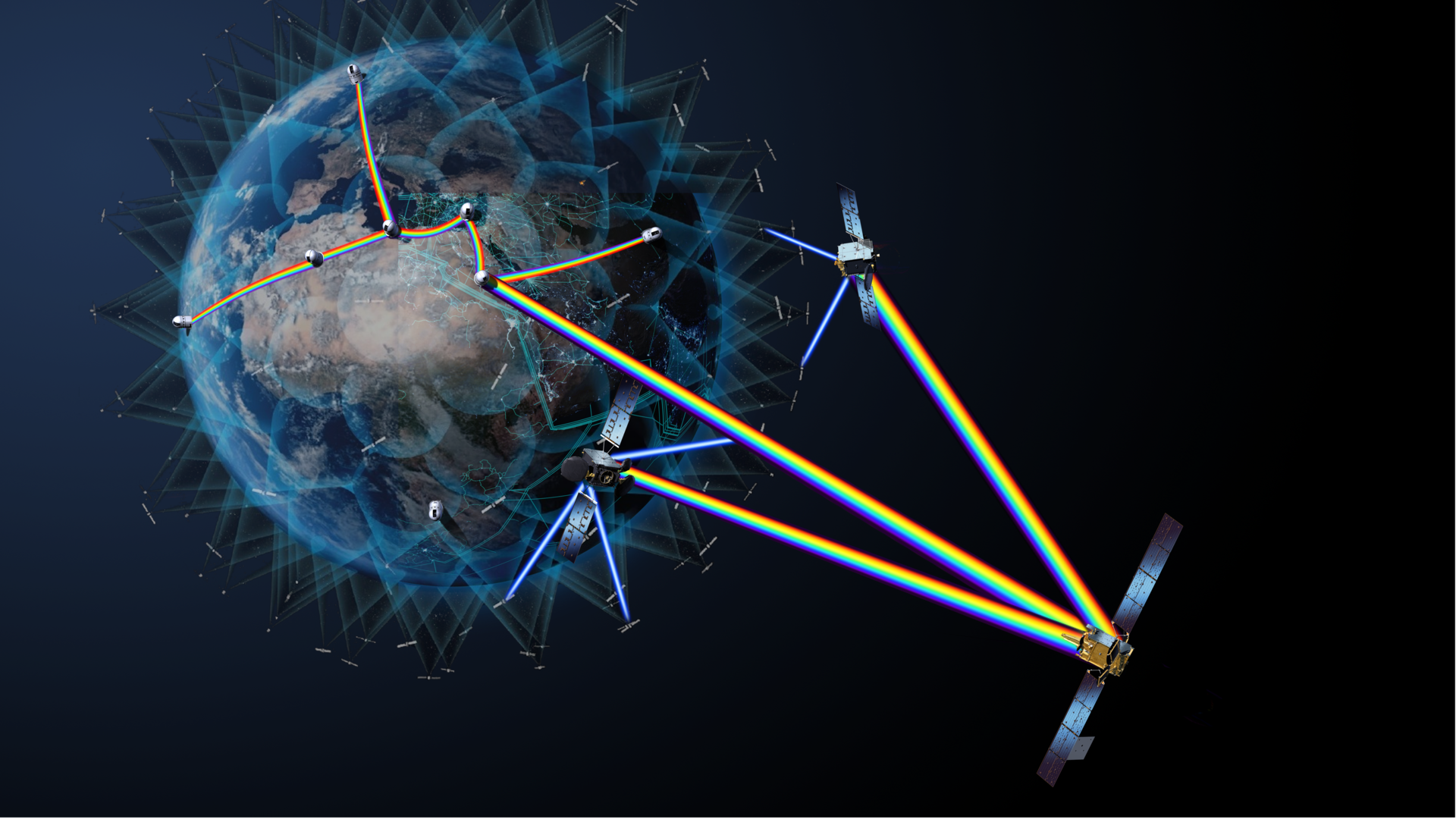
Developing technologies for Europe's new sovereign connectivity IRIS²
The EU is preparing its third space flagship programme, IRIS², which is intended to establish a European satellite-based communications system for safety-critical users in Europe. It will also synergistically improve access to connectivity for European citizens by allowing European operators to broaden their business models by increasing demand for government connectivity. ESA will carry out the necessary developments and demonstrations for IRIS² for the EU's own infrastructure in the new optional programme 'Secure Connectivity'. To ensure that EU requirements are met, the process for selecting potential bidders will be carried out in close coordination with the European Commission. Germany has contributed 189 million euros to this new programme, putting it in second place after a very strong French participation. Germany's strong commitment strengthens the position of all German space stakeholders to contribute innovative ideas to the upcoming EU and ESA bidding process.
